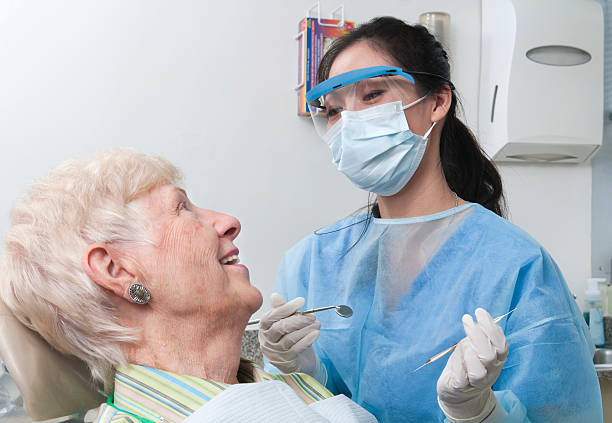Call Us Today
Enhancing Smiles with Digital Smile Design (DSD)

Introduction
Digital Smile Design (DSD) is revolutionizing cosmetic dentistry by integrating digital technology to plan and visualize smile makeovers with unprecedented precision and patient involvement. This innovative approach allows dentists to design and customize smiles according to each patient’s facial features, dental anatomy, and personal preferences. From planning aesthetic improvements to executing complex dental treatments, DSD enhances communication between dentists and patients, ensuring realistic expectations and superior outcomes. In this article, we explore the significance, benefits, and applications of Digital Smile Design.
1. Customized Treatment Planning:
-
- DSD begins with a comprehensive analysis of the patient’s facial and dental characteristics using digital photography and video. These images are meticulously analyzed to assess smile symmetry, tooth proportions, and facial aesthetics.
-
- With specialized DSD software, dentists can simulate various cosmetic dental procedures, such as teeth whitening, veneers, crowns, and orthodontics. This virtual simulation allows patients to visualize the proposed changes to their smile before treatment begins.
-
- Dentists collaborate closely with patients during the design phase, incorporating their feedback and preferences. This collaborative approach ensures that the final treatment plan aligns with the patient’s expectations and desired aesthetic outcomes.
2. Improved Patient Communication and Satisfaction:
-
- One of the key advantages of DSD is its ability to enhance communication between the dentist and patient. By visualizing the anticipated results through digital simulations, patients gain a clear understanding of the proposed treatment plan and can provide feedback before any dental work begins.
-
- DSD empowers patients to actively participate in the decision-making process regarding their smile makeover. They can see how adjustments in tooth shape, size, and alignment will impact their overall facial appearance, leading to higher satisfaction with the final results.
-
- Patients experience reduced anxiety and uncertainty about cosmetic dental procedures, as DSD eliminates guesswork and allows for precise planning. This transparency fosters trust and confidence in the dentist’s expertise and the proposed treatment plan.
3. Enhanced Precision and Predictability in Treatment:
-
- Digital Smile Design facilitates precise execution of cosmetic dental treatments by providing a detailed blueprint for each procedure. Dentists can use the digital design as a guide during tooth preparation, placement of restorations, and final adjustments.
-
- The accuracy and predictability offered by DSD contribute to improved clinical outcomes and long-term aesthetic success. Dentists can achieve optimal results with minimal adjustments, preserving natural tooth structure and enhancing patient satisfaction.
-
- Advanced technologies such as CAD/CAM (Computer-Aided Design/Computer-Aided Manufacturing) further complement DSD by enabling the fabrication of custom restorations, such as veneers and crowns, that seamlessly integrate with the patient’s natural teeth.
Conclusion
Digital Smile Design represents a significant advancement in cosmetic dentistry, combining artistic vision with digital precision to create stunning smile transformations. By harnessing the power of digital technology, dentists can plan and execute smile makeovers that are tailored to each patient’s unique facial characteristics and aesthetic goals. From enhanced communication and patient satisfaction to improved treatment precision and predictability, DSD offers numerous benefits for both dentists and their patients. Embracing Digital Smile Design not only elevates the standard of care in cosmetic dentistry but also ensures that every smile makeover is a masterpiece of artistry and technology.
In summary, Digital Smile Design revolutionizes cosmetic dentistry by enabling customized treatment planning, improving patient communication and satisfaction, and enhancing treatment precision and predictability. As this technology continues to evolve, it promises to shape the future of smile aesthetics and dental care, providing patients with smiles that are not only beautiful but also perfectly harmonized with their facial features.
